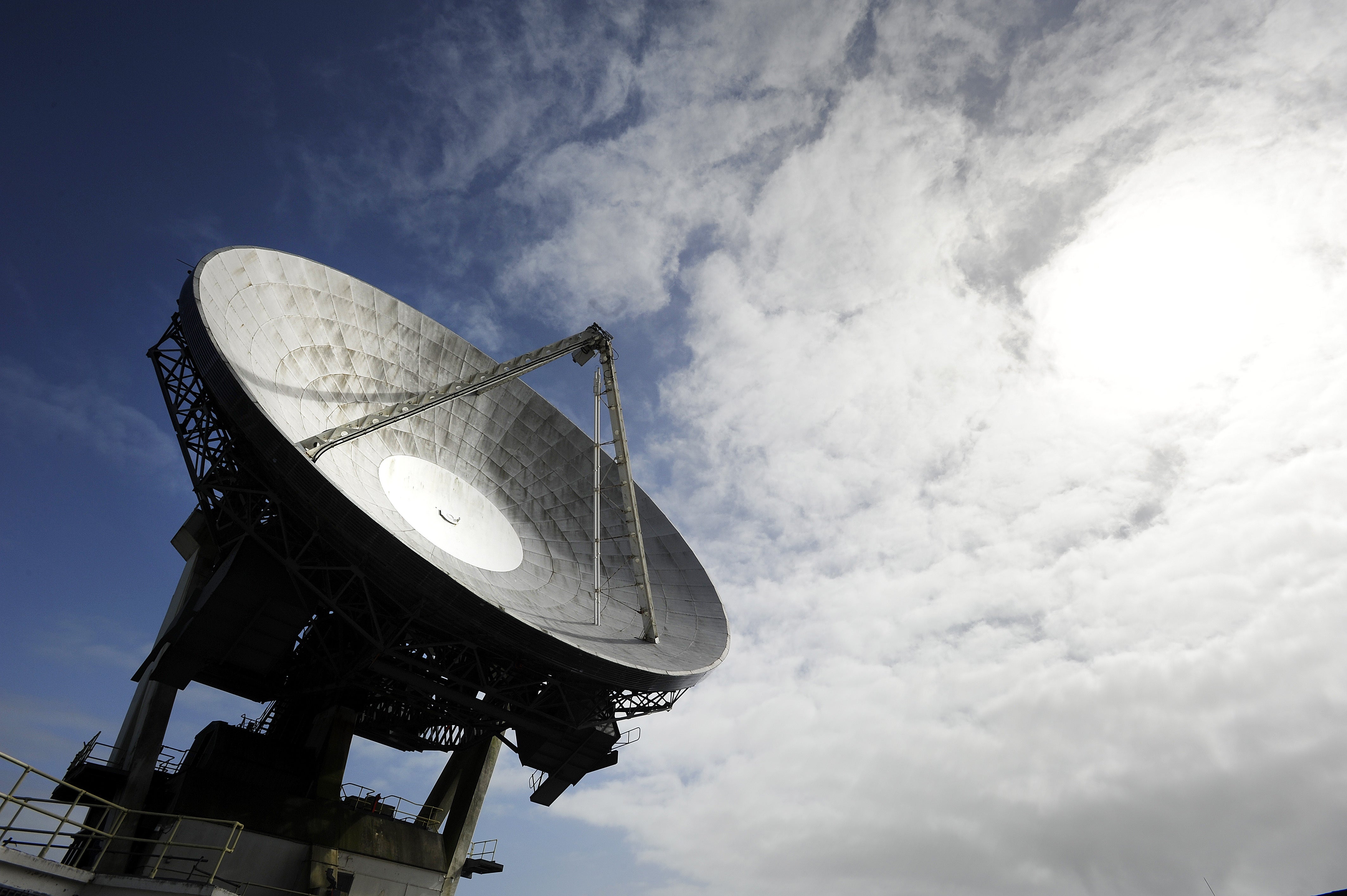
Stars experience quakes like we have on Earth, scientists have discovered, after data revealed new information on nearly two billion stars in the Milky Way.
These “starquakes” – known as non-radial oscillations – are tsunami-like movements on stars’ crusts which cause the shape of the star to change with their force.
This was an unexpected discovery from the latest data release from the Gaia space observatory, which is located about 1.5 million kilometres from Earth and carries two telescopes to document the galaxy, as it was only designed to pick up radial oscillations which cause stars to change their size.

The data which has been collected forms a “DNA map” – a multi-dimensional map of asteroids, planets, stars and galaxies – which has provided the largest ever catalogue of information on stars in the galaxy.
Technology which is key to Gaia’s discoveries, highly sensitive photon detectors which form part of the observatory’s one billion-pixel camera, was developed in Chelmsford, Essex, by manufacturing company Teledyne e2v.
The team working on the space observatory is led by scientists and astronomers at Cambridge University.
Dr Nicholas Walton, one of the scientists from the university’s Institute of Astronomy, said: “This major data release from Gaia not only allows astronomers to map the distances and motions of some two billion stars in our galaxy, but it also gives detailed measures of the physical and chemical make up of a large number of those objects for the first time.
“With this incredible database we can build a comprehensive picture of the Milky Way and delve into its incredible history of formation, seeing direct evidence of both violent past interactions with other galaxies, and internal bouts of intense star formation along its spiral arms.
“This new data release creates a detailed bank of information, essentially working as a DNA map that allows us to understand the stellar population of our Galaxy, and track its past, present and future.”
The latest data release was marked by an event at Goonhilly Earth Station in Cornwall, which can now receive data from Gaia alongside other European Space Agency (ESA) stations across Europe.
Matthew Cosby, chief technology officer for the station, said: “We are very grateful to the Gaia team for supporting the commissioning of Goonhilly’s Deep Space Antenna, which now allows us to receive data directly from the observatory.
“We are thrilled to be hosting the UK event for the latest Gaia data release in celebration of this milestone, and we look forward to being an integral part of the Gaia journey.”







